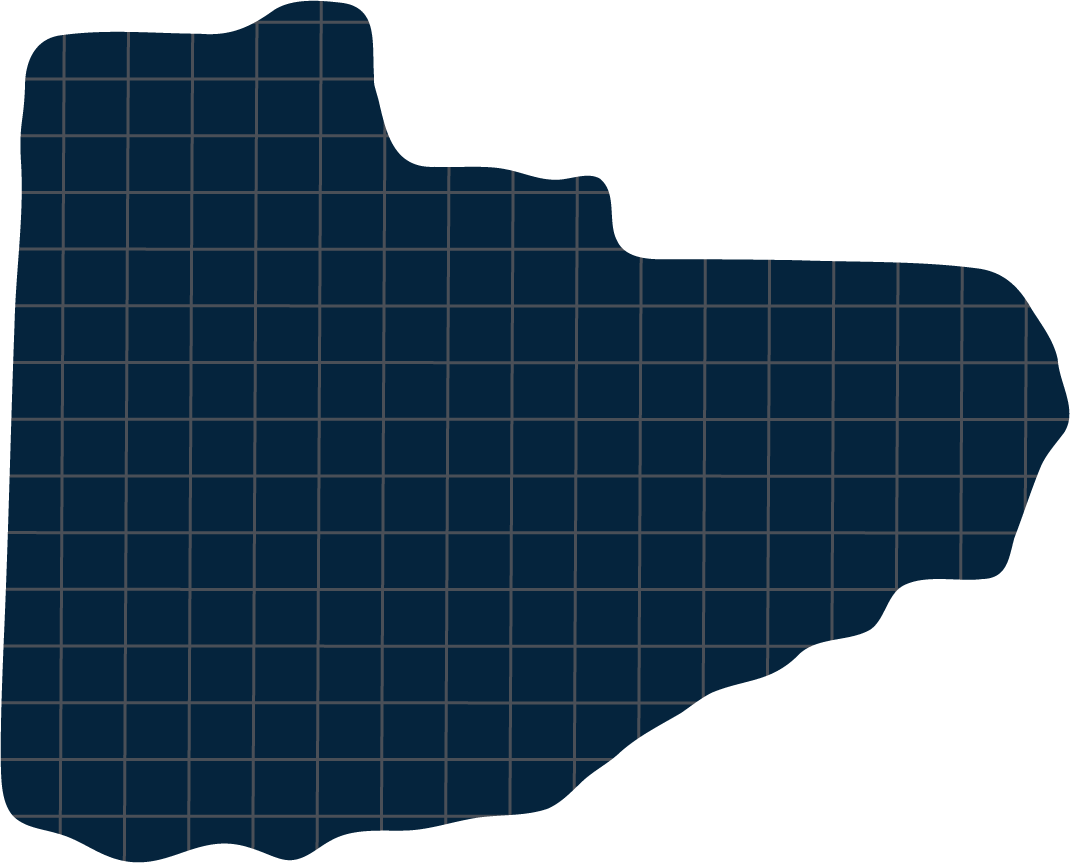Decoding Wildfire Funding
A Guide to Oregon’s Wildfire Protection Program
Meet Jim,
Jim and his family own and manage forestland in Douglas County.
Jim and his family actively manage their forestland to keep it healthy and fire resilient. They also prepare for wildfires by investing in equipment like water tenders and firefighting training.
When a wildfire starts on federal land
and spreads onto Jim’s land,
Jim and his team are the first line of defense – or initial attack – until the state arrives with fire trucks, helicopters and crews to fight the fire.
Now imagine you’re Jim and his family.
The state routinely increases how much you’re taxed to pay for fighting a growing number of wildfires that do not start on your land. In addition to potentially having to fight the fire to protect your own land, you are left to restore your land after it burns, despite the services you help fund…
Is that something that you would continually want to pay more for?
Owners are considering alternatives to growing trees – such as conversion to non-forest lands or selling to developers as allowed under our land use system.
Help Jim and his family’s land stay as forestland. It all starts with understanding how the system works…
LET’S GET STARTED!
Decoding Fire Funding
A guide to Oregon’s Wildfire Protection Program
Oregon’s complete and coordinated system operates on a unique balanced partnership between the state and private landowners – and it is recognized nationally as the most effective system in the country.
Because the system is based on geographical districts, the number of trucks and people needed in each area are tailored to meet the unique needs of that geography, climate and fire potential – ensuring that contributions to the system are fair and equitable throughout the state.
Oregon is the leading state in forest production in the country. We have the most to lose if the system collapses.
Forestry Production 2023
Citation: Forestry Production in 2023 (Least to Most),” Graph created using data from the USDA Forest Service, June 2024. For more detailed data and updates, refer to the USDA Forest Service Forest Inventory and Analysis (FIA) program.
Here is How Oregon’s Wildfire Funding System Works:
1. Regional Division of Districts:
Oregon is divided into 12 districts, each tailored to regional needs for wildfire protection resources like trucks, bulldozers and helicopters.
2. Determining District Budgets:
(Preparedness)
Oregon Department of Forestry districts collaborate with local landowners – also called Forest Protective Associations – to determine the number of people and equipment needed to provide an adequate level of protection to meet the target of extinguishing 98% of wildfires at 10 acres or less*.
*This is a key performance metric for ODF.


3. Cost Allocation and Funding:
- Additional Costs: Costs for broader regional support and state-level administration are also added to the district budget.
- Per Acre Cost: The total district budget is divided by the number of forested and grazing acres in the district, determining the per acre cost paid by all landowners in that district.
- Shared Costs: Costs are shared between private landowners and the state, each paying half of the per acre cost.

4. Benefits & Contributions
- Benefits for All: This public/private partnership benefits all Oregonians, ensuring the things we value – reduced smoke, healthy ecosystems and rural communities – are protected.
- Shared Ownership: Recognizing the widespread benefits, both private landowners and the general public contribute to funding through general taxes and wildfire specific taxes, assessments and surcharges.

5. Emergency & Large Fire:
- Local and External Resources: If a wildfire exceeds local capacity, resources from other districts can be mobilized.
- Severity Program*: Each summer ODF hires state-wide resources like helicopters and air tankers that can be moved around the state to where the risk for a big fire starting is greatest.
- Large Fire Fund*: Once a fire exceeds the suppression capacity of the local district, costs for suppression are partially paid for by the Large Fire Fund.
This is how the complete and coordinated system is successfully funded and managed in Oregon – a collaborative, effective and adaptable funding system.
* Private landowners help fund these through the Oregon Forestland Protection Fund which is financed by fire specific taxes, assessments and surcharges on private landowners.



Beyond the Flames
Wildfires are no longer just a rural problem, they are a problem for all Oregonians



When wildfires get large, the devastation extends beyond burned landscapes. They burn too hot to provide known ecological benefits and ultimately lead to soil erosion, severely limiting the ecosystem’s ability to capture carbon for decades to come if it isn’t replanted.
Smoke blankets large swaths of our state, often impacting communities and Oregonians miles from the flames of the wildfire – shutting down everything from kids’ sports to big outdoor events, affecting economic stability, public health and environmental quality.
This is particularly impactful on vulnerable communities and at-risk citizens and necessitates a comprehensive funding approach supported by all Oregonians to mitigate the wide-reaching consequences.
It’s in the best interest of all Oregonians to minimize smoke and ecosystem damage from uncontrolled catastrophic wildfires. The funding of firefighting costs associated with large wildfires is the responsibility of all Oregon taxpayers, not just one kind of taxpayer.
97% of Acres Burned Come From Fires Starting on Federal Land
The number of wildfires that start every year are evenly split between private and federal forests, yet 97% of acres burned come from fires starting on federal land. These flammable federal forests border private lands for thousands of miles, putting them at risk.
Landowners aren’t driving the cost of fighting wildfire, and it’s unfair to overly burden them with the growing costs.
Escalation
Under the current funding model, rapidly escalating costs – for fires they don’t start – are creating a real struggle for landowners who rely on their lands. These financial struggles incentivize landowners to abandon the complete and coordinated system.
Initial Attack
Landowners and their workers are often the first line of defense against wildfires – they are the first ones to respond to wildfires and often the only ones fighting until the state can get there. It is imperative they stay in the system.
For example, in the 2023 wildfire season, one landowner was responsible for 85% of the fire line around a wildfire that threatened to burn through a community. Had they not been there, that wildfire most assuredly would have spread to nearby homes.
Danger of Collapse
Our state’s wildfire protection system is recognized as one of the most effective in the United States, but it is in danger of collapse due to the extreme increase in costs and landowners’ inability to afford those costs in part due to climate conditions that make growing trees harder and in part due to regulations that reduce their ability to harvest.
If this funding crisis isn’t solved, it is likely the system will collapse and increase the cost for all Oregonians, both in taxes and in more large wildfires.
The Cost of Complacency
Failure to Act – Forecasting Oregon’s Fiery Future
Without adequate equitable funding, Oregon’s wildfire protection system faces a grim future of escalating wildfire frequency, intensity and impact to Oregonians. The potential collapse of this system could multiply costs exponentially, emphasizing the urgency for sustainable investments to safeguard our communities and forests.
An All-Orgonian Solution
Securing Oregon’s Safety with a State-wide Funding Source
Urgent action is required to bolster Oregon’s wildfire protection capabilities through a state-wide funding source. This strategic investment is crucial to maintaining and enhancing the system’s effectiveness, ensuring that Oregon is prepared to face future wildfire challenges with resilience.